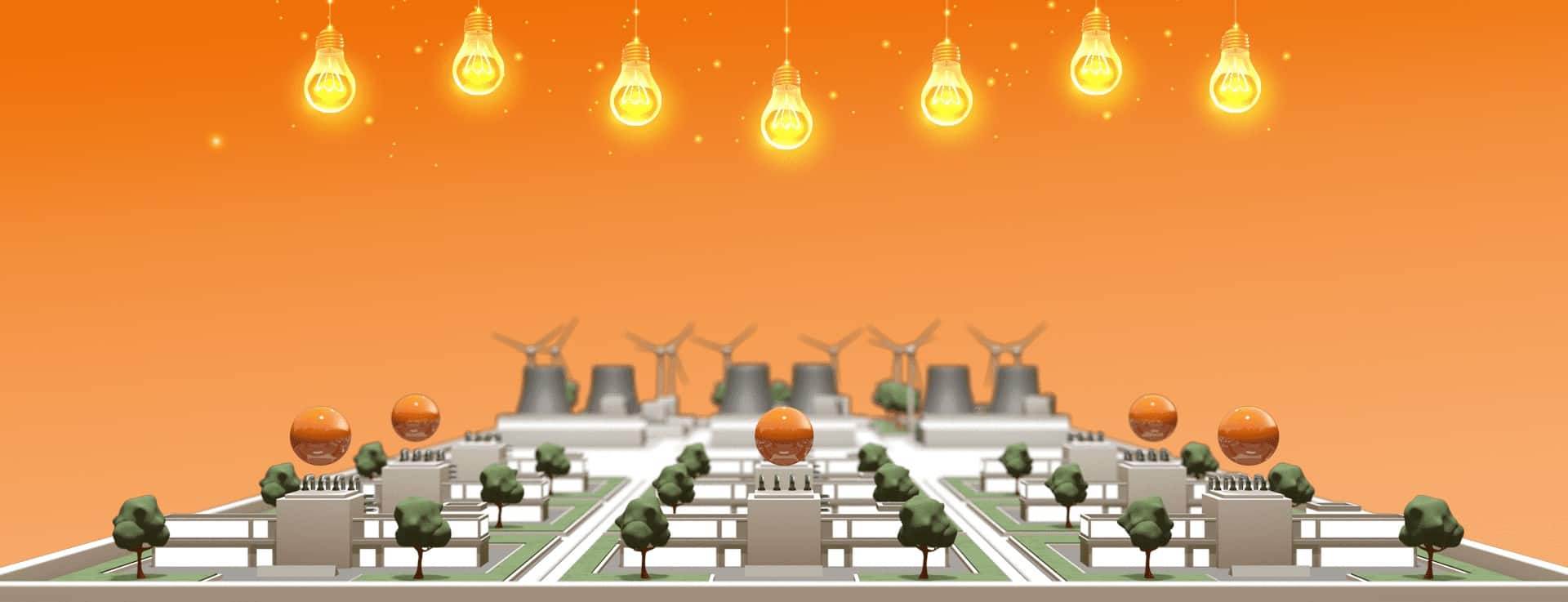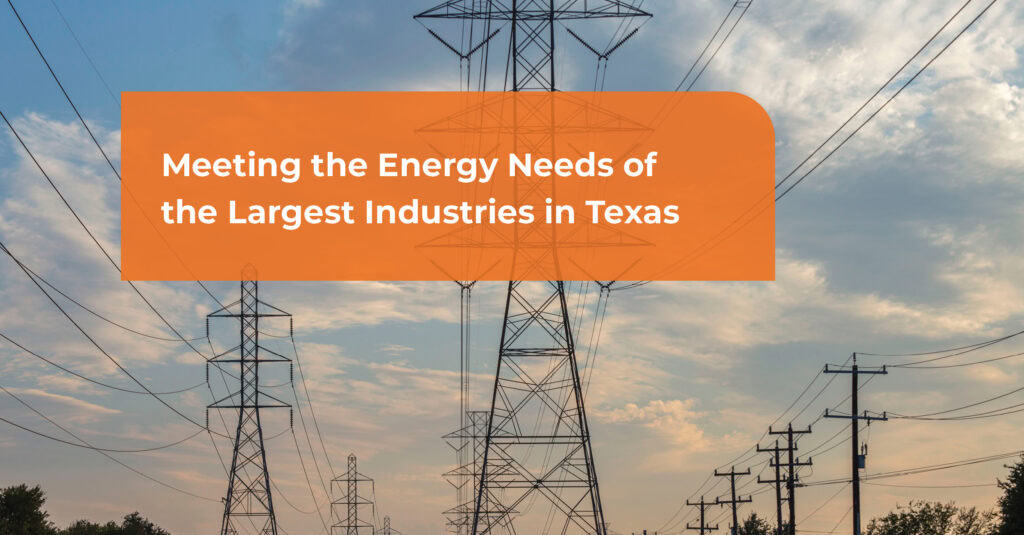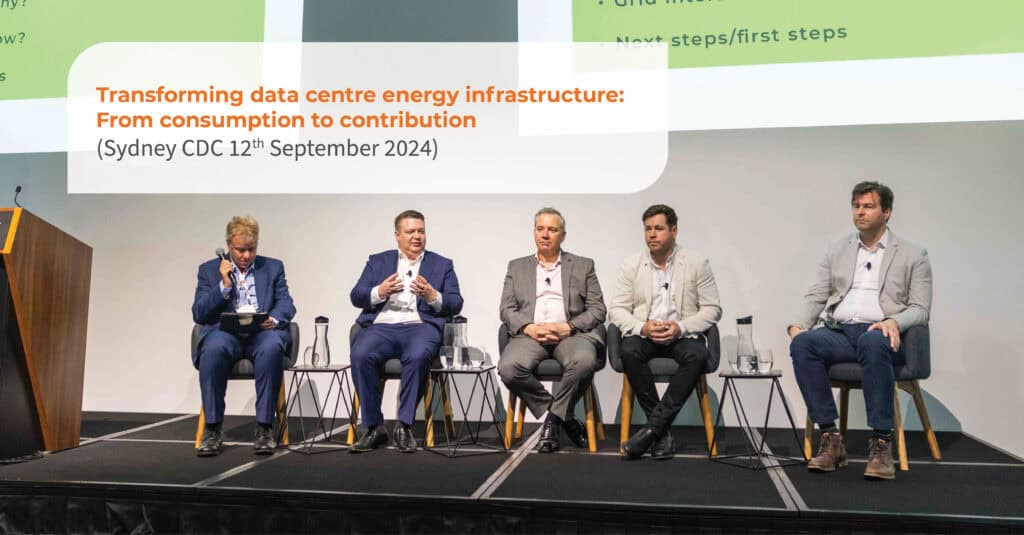
VIOTAS Customers Amp Up Grid Support
The past two months in Ireland have seen significant challenges on the grid, with an increase in the use of Demand Response to address widely publicised generation shortages. This resulted in an unforeseen level of requests for grid support from the grid operators, north and south, which large commercial and industrial energy users have answered, helping avoid rolling blackouts for electricity users across the country. The VIOTAS NOC team alone have seen more dispatches in Nov. 2021 than in all of 2020 and only two weeks ago, two of the country’s largest power plants tripped simultaneously, creating a uniquely severe grid event. We are proud to say that the VIOTAS team and our customers stepped up and provided the necessary support to the grid when it was most needed.
A breakdown of availability throughout October and November 2021 shows that VIOTAS customers accounted for almost one third of all available demand response reserves across the Island of Ireland. That figure means that VIOTAS customers provided more grid support through Demand Response than any other DSU aggregator on the island. For this, we thank you!
Our clients have been steadfast in their delivery of Demand Response and are fully backing the energy challenges forecasted for this winter. Their participation reduces the need to build additional power stations or purchase high-cost power from abroad through interconnection, instead keeping that spend in our economy by paying our customers for their support.
Thanks to all of our customers’ active participation, VIOTAS now has a registered capacity that’s 25% greater than the country’s largest, but now retired, peat burning power station. The distributed nature of Demand Response means that our grid support does not experience fail-to-sync issues, which reduces the need to procure additional reserve generation for instances when power stations simply fail to start when called upon. This level of secure and reliable power gives grid operators peace of mind and assurance that Demand Response is there, when needed.
The role of Demand Response in modern grid stability is beyond doubt. A healthy Demand Response market encourages large energy users to become part of the solution when there are generation and demand shortages. By temporarily reducing their power consumption, these same large energy consumers are enabling more renewable power to be used by the grid and are getting paid to do so, returning value back to the Irish economy. Participation in Demand Response also helps Ireland avoid the cost and carbon emissions associated with building additional peaker power stations which are seldom used but would be needed if flexible demand was not available.
These are just some of the reasons why innovation in Demand Response is emerging as a key technology and becoming increasingly important to power systems around the world. However, we must remember that without the willingness and participation of large energy users, it would not be possible. Continued efforts to support and incentivise Demand Response participation globally can help secure needed availability and appropriately reward those who help keep the lights on.



